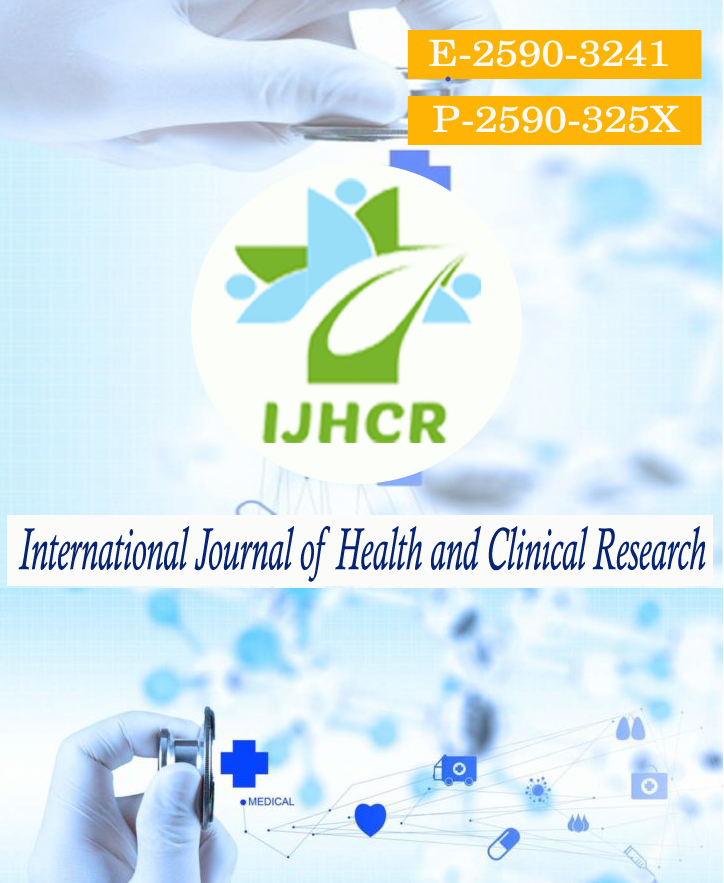Functional and radiological outcome of unstable Intertrochanteric femur fractures in elderly patients treated With Proximal femoral nail-A prospective study from Mumbai,Maharashtra
Keywords:
Unstable Intertrochanteric fracture, Proximal Femoral Nail, Harris hip score, Singh’s index, AO, elderlyAbstract
Background: Inter-trochanteric fractures are one the most common injury in the elderly population. They are mostly treated surgically. Treatment of unstable intertrochanteric fracture poses a surgical challenge especially in the elderly. The choice of implant for fixation of unstable intertrochanteric fracture is still debatable. Extra-medullary and Intra-medullary are the two main categories of implants available. Dynamic Hip Screw (DHS) is a widely used extra-medullary implant considered as the gold standard for fixation of intertrochanteric fractures. But Dynamic hip screw (DHS) is plagued with complications especially in unstable intertrochanteric fractures. Proximal femoral nail (PFN) is a relatively newer intra-medullary implant. This study aims is to study the functional and radiological outcome of unstable intertrochanteric femur fractures in elderly (>50 years) patients treatedwith the proximal femoralnail.Methods: This study out was conducted in the orthopaedics department, LokmanyaTilak Municipal Medical College and General Hospital, Sion, Mumbai, Maharashtra, India from August 2017 till July 2020. 33 patients above 50 years with unstable intertrochanteric fractures treated with proximal femoral nail were included. Patients were followed up at regular intervals to evaluate the functional and radiological outcome and complications if any.Functional outcome was measured using Harris hip score.Results: All patients achieved bony union at a mean duration of 20 weeks (range 16-24). No complication was seen in 23 patients. 3 patients developed screw back out, 3 patients developed varus mal-union and 4 patients had anterior thigh pain. None of the patients had any infection. The mean Harris hip score was 83 at one year postoperatively indicating a good functional outcome.Conclusions: Unstable intertrochanteric fractures in elderly patients treated with Proximal Femoral Nail (PFN) gives good functional and radiological outcome leading to a high rate of bony union with acceptable complications rate which can be minimised with a good surgical technique.
Downloads
Published
How to Cite
Issue
Section
License
Copyright (c) 2021 Deepak Tambe, Pushpak Kumar, Sandesh Raut, Sanket Kandarkar, Yashkumar Sihora, Swapnil Shendge, Nevish Patel, Saumil Patel

This work is licensed under a Creative Commons Attribution 4.0 International License.






 All articles published in International Journal of Health and Clinical Research are licensed under a
All articles published in International Journal of Health and Clinical Research are licensed under a 